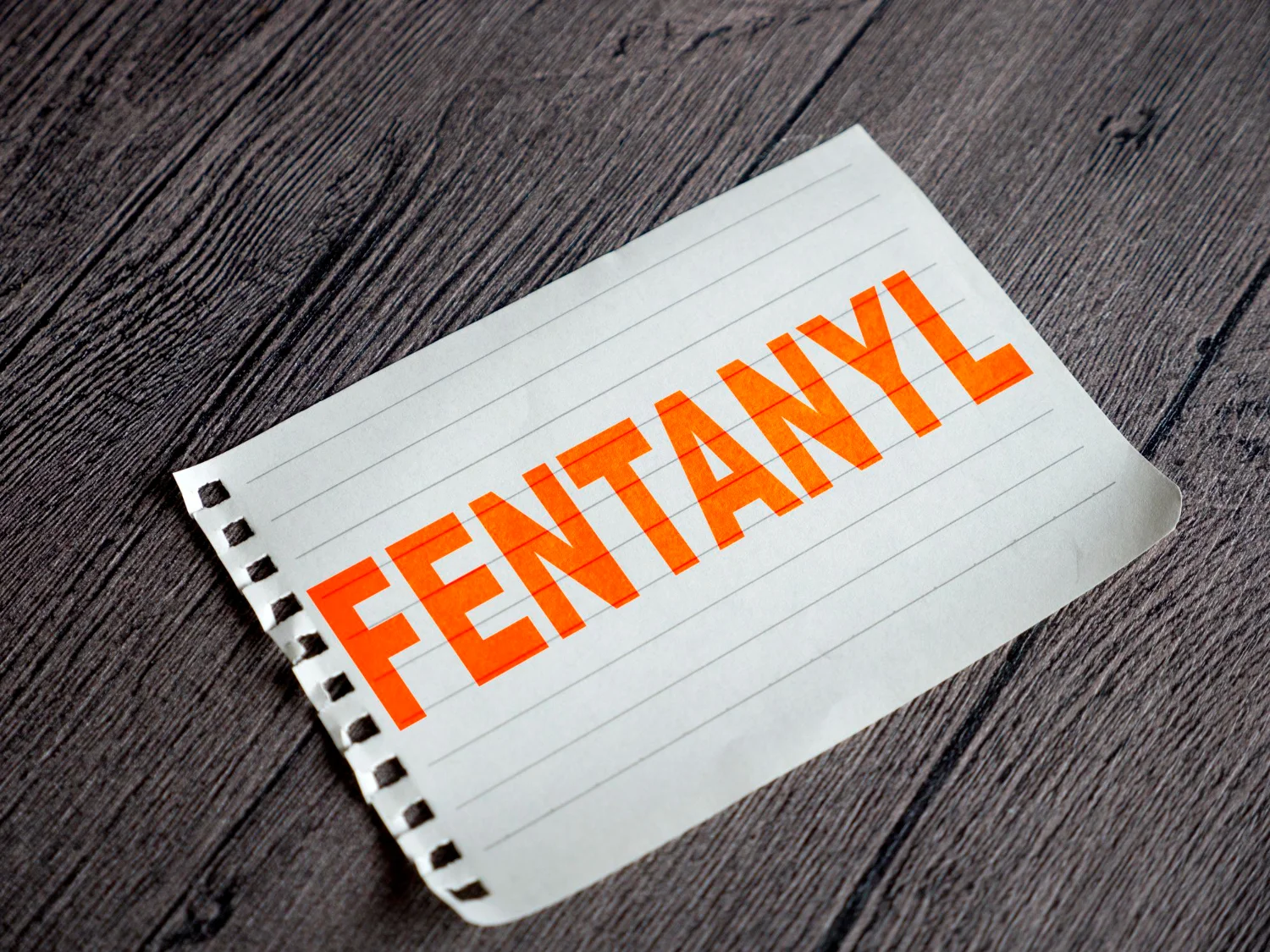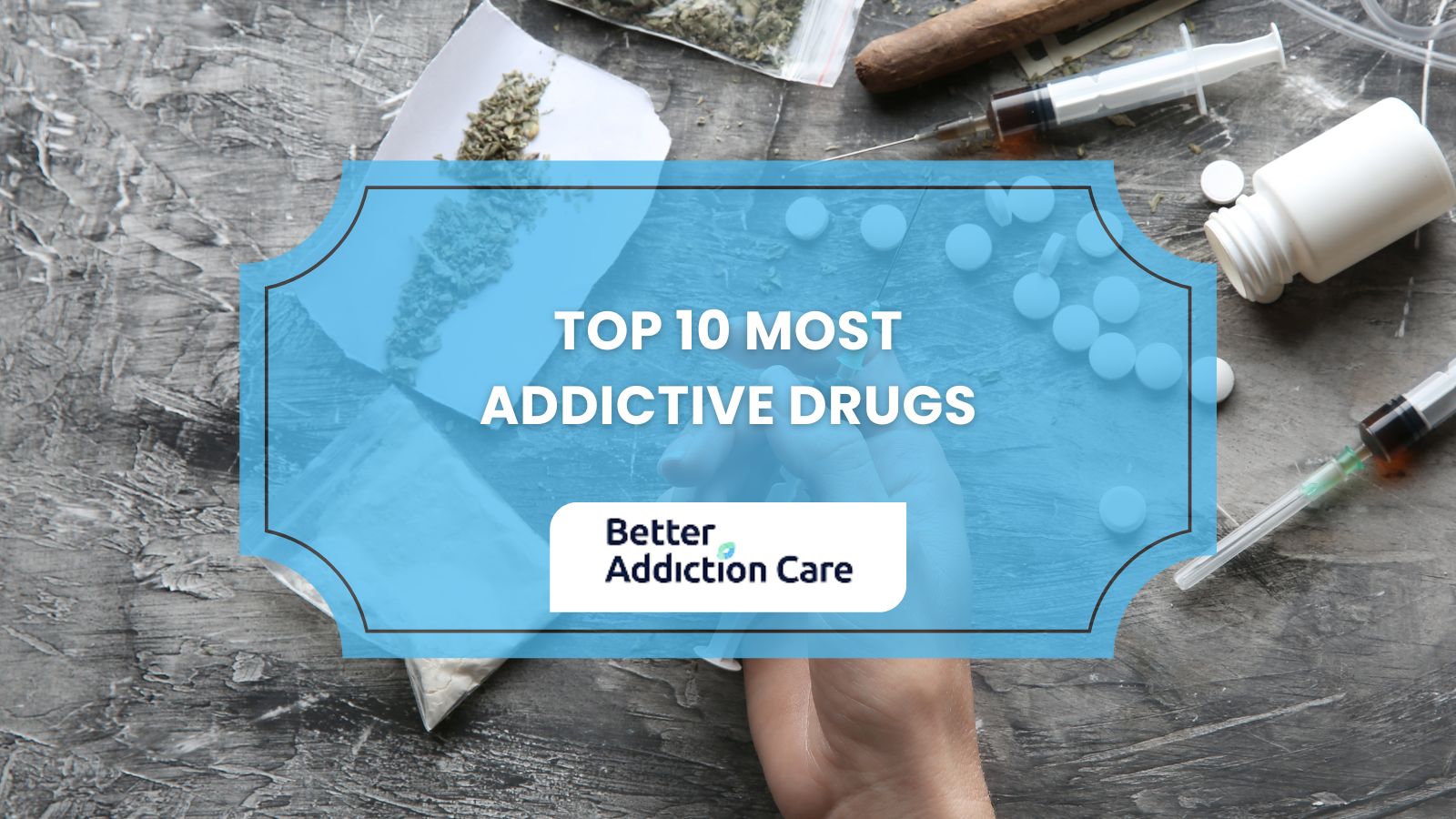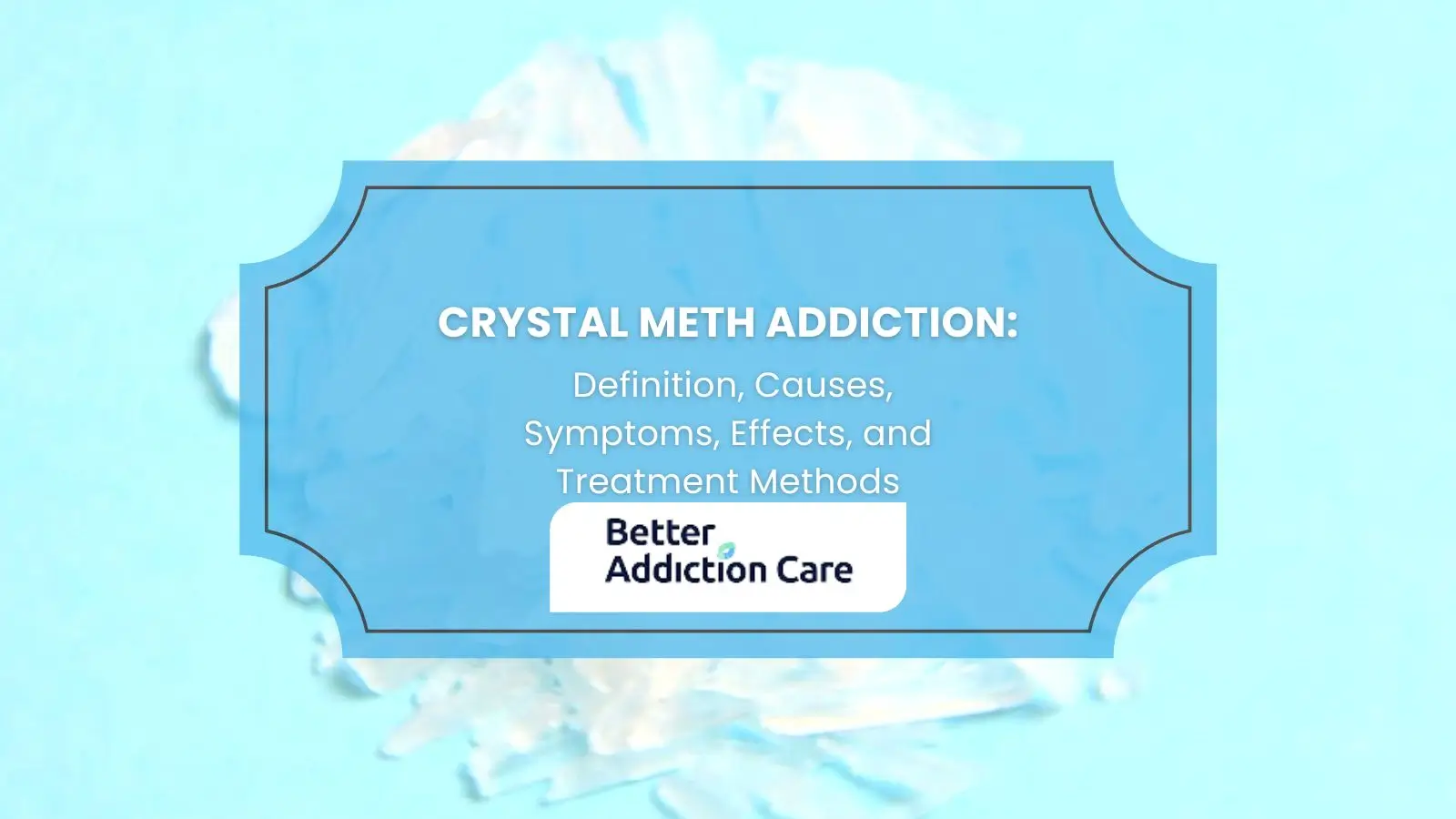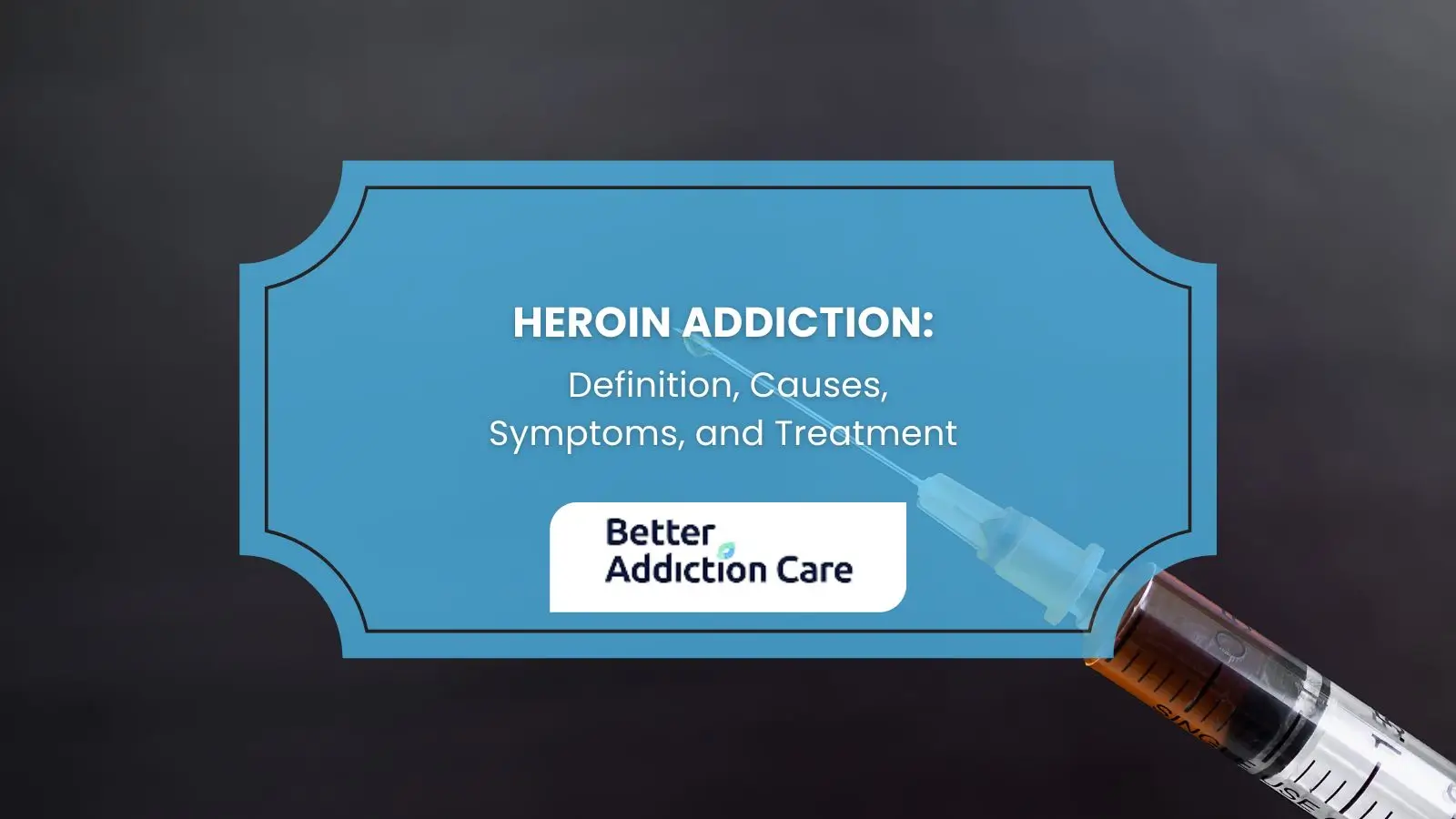Tramadol Treatment
Tramadol is an opioid analgesic painkiller that goes by the brand name Ultram. There is an extended-release version of this drug and a variation that combines tramadol with acetaminophen. Tramadol is prescribed to treat moderate to severe pain and is considered safer than other narcotics, like Vicodin. Despite having a lower risk than alternative medications, there is still a chance that anyone who begins using the drug can develop an addiction to tramadol, and addiction can have serious consequences.

Physical and psychological dependence often indicate the presence of an addiction. If you are concerned that a loved one is struggling with an addiction to tramadol, you should be wary of changes in their behavior. A person with an addiction will spend a lot of time and energy attempting to obtain the drug, to the point that they will prioritize tramadol over other responsibilities, like work, school, and relationships. You may notice a person losing interest in things that used to be important to them. As these problems intensify, the individual will continue to use the substance anyway and may even have the desire to quit but find themselves unable to do so. Tramadol is used in a pain medication prescribed by veterinarians, and there have even been some cases of pet abuse perpetrated by the owner in order to acquire the drug from a veterinarian, so that can be another warning sign to look out for. Addiction is a dangerous cycle that can radically change someone’s behavior and consume every aspect of a person’s life.
Tramadol Addiction Symptoms
In addition to these psychological symptoms, there will also be physical tramadol addiction symptoms. These can include:
- Impaired coordination
- Slurred speech
- Seizures
- Small pupils
- Vomiting
- Drowsiness
- Headaches
The effects become more severe when tramadol is combined with other substances, and long-term consequences of addiction to tramadol can include major health complications or death. If you or someone you love exhibits any of these signs of addiction, it is important to seek tramadol addiction treatment. Addiction is very uncomfortable and in some cases life-threatening when dealt with alone. Tramadol withdrawal symptoms, such as flu-like symptoms, can be very distressing and may require medical detox and supervision.
Find Treatment for Tramadol Addiction
Is someone you love struggling with addiction and you aren’t sure what to do? BetterAddictionCare understands your worries and fears. We want to help you find the best possible treatment of tramadol addiction in a comfortable and safe setting. Call today or fill out a contact form to speak with our client care specialists. They will help you identify your needs and match them with an affordable rehab within our nationwide network of treatment centers. BetterAddictionCare is here to help you get sober and start healing.
Related Articles
Treatment Centers in Virginia










